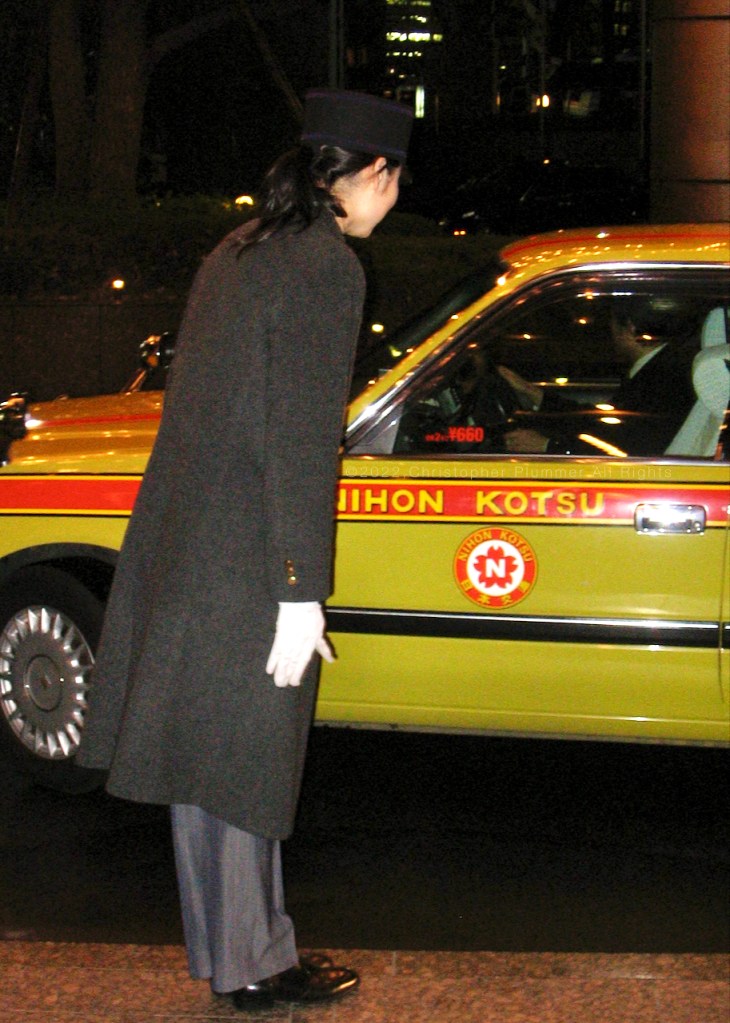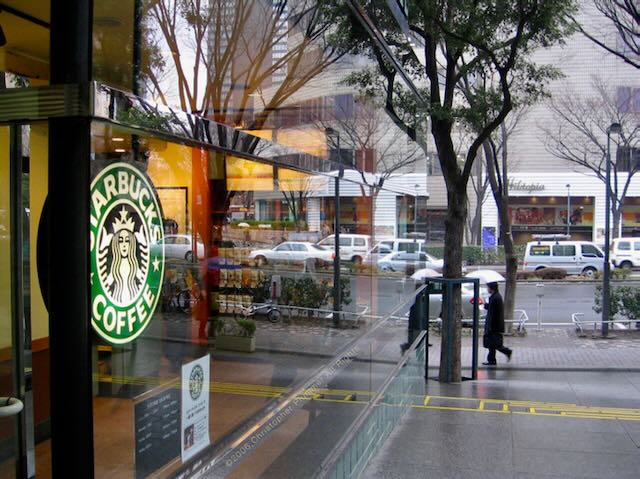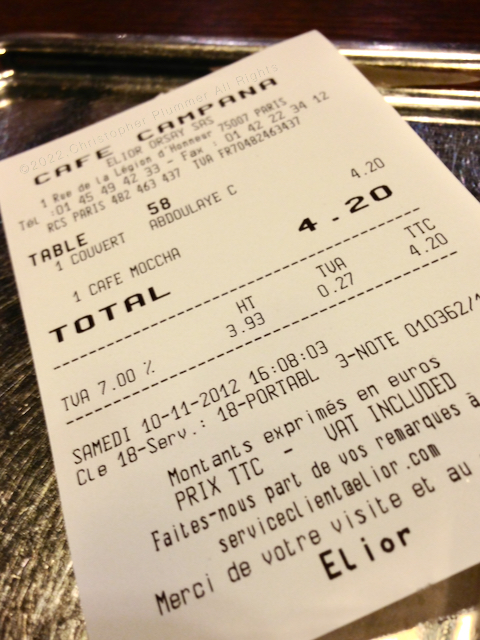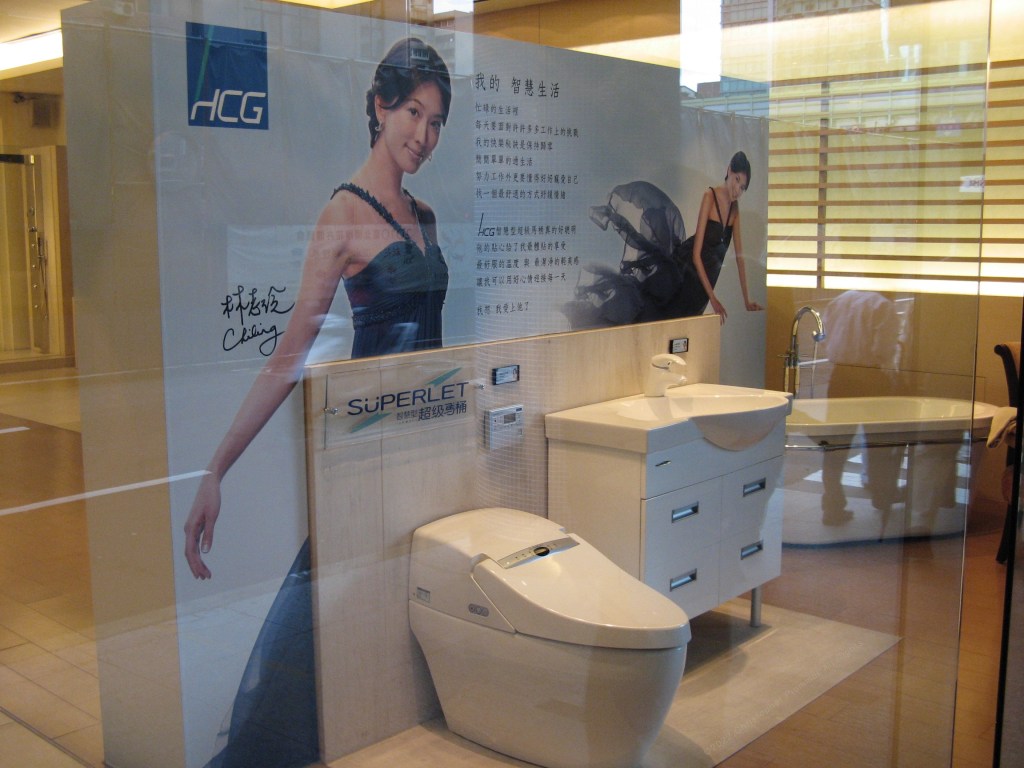A round-about return to (The Great France Art Tour of 2017)

Times were hard. We were about a year into settling back at the office in New Jersey, 2008 – 2009, just in time to see the world economies stumble, waver, and in parts, collapse into the Great Recession.
It started of course, in the USA, where the greed-crazed finance sector was addicted to mortgage-backed-securities. The “sucker was going down” to paraphrase our now-much-more-appreciated President Bush.
Keep in mind, “boom and bust” cycles were all too familiar in the ever-changing-if-not-actually-improving IT world. One year the whole sales force has to have Blackberries. Train. Staff up. A few years later the Executives want everyone to switch to iPhones. Then there’s a merger. Layoffs. Every few years we had to shrink, eliminate waste, clean house, prove our value to the rest of the company. One President wants to make his mark by putting the whole business on SAP, sells the company, and the next CEO pushes to change the entire mail system. Next merger, or spin-off, the cycle repeats and before everyone is laid off again and the dust has settled, we have to migrate to the new parent company’s different Quality system, or mail system, or operating platform. It didn’t matter how many millions of dollars were spent so long as the current “Man in Charge” could lay claim to a big change before moving on to his next takeover.
But the Great Recession was worse than the typical boom and bust. Without dwelling on it too much, there were many layoffs. At the amazing, incredible shrinking New Jersey office we even lost a few people from our relatively small and mostly essential basement IT team.
These are “synergies”—insensitive, euphemistic business jargon used to create a positive spin without using the word “FIRED”—people are told they no longer have a job because the company has to cut costs somewhere and sorry, YOU are one of the places we are cutting. “It’s a synergy!”
“At least you still have a job!” Was a common refrain among the un-synergized. In the hallways and lunchroom and restrooms, people speculated when is the “next wave” of layoffs? And who would still be there in a month or two? Not exactly the secure corporate job.
Those who remained were expected to be grateful, and not complain if they were supposed to now work harder, take on more responsibility, perform “lower level” tasks, and so on. Which in some bizarro fashion, was really no different than what was expected of the worker bee class (in IT, at least) during “normal” times! If you already worked late, if you already worked on weekends, if you already took late night support calls to assist some whacky executive who forgot his password, or dropped his laptop in a Palm Springs swimming pool, what more could you do? Well, as we shall see, for starters, you could be grateful that you were still able to do all that fun stuff, and maybe? Take out your own trash and use less toilet paper?
Still, after our successful installation journeys to Japan and Taiwan, word got out about those lucky colleagues in the Pacific Rim with their magnificent coffee machines, and for those managers who remained in New Jersey, and as a distraction from the growing crisis, a certain amount of nationalist rivalry ensued. Which brings us finally to what might be re-named, the Decline of Coffee and Toilets in the USA in the Time of the Great Recession…
Not to be outdone by international rivals, our New Jersey Manager of Office Operations, “Nick”, looked for a solution to provide an equivalent coffee service, a way to let the surviving employees know they were appreciated, and that if they needed access to stimulants to stay motivated and carry on with their additional responsibilities, then the COMPANY was behind them.
Before this time, in the U.S. office anyway, there had been no coffee. Strange as that seems. Yes, many years before, we had an old-fashioned “Mister Coffee” in our roomy cafeteria, which was okay, but that had been gone for years. It disappeared about the same time that the large cafeteria was converted into office cubes, and the small locker room was converted into a smaller cafeteria. (A conversion masterminded by Nick!)
Some managers discouraged people from leaving the bland, monotonous, grey walled, industrial building with its chemical smells and noise during work hours, but they also considered it “excessive” to provide coffee just to entice employees to stick around. As a result, whole teams, small groups, and individuals frequently escaped on breaks and lunch to get both fresh air and coffee at the local Dunkin’ Donuts or Starbucks.
Upper management loved Nick for his cost-cutting. Shortly after the first painful reduction (this euphemism means: “job elimination”, “lay off”, “mass firing”) of one third of the workforce at our location, Nick famously introduced a number of innovations:
• First he canceled the subscription to a bottled spring water service, replacing the bottle-topped coolers with headless “water stations” that filtered the chlorine, and killed the bacteria with UV light. If the employees wanted Spring water, they could find their own spring, but at the office tap water that was free of bacteria! No big bottles, no expensive deliveries, no monthly fees for the corporation!
• Nick cut the custodial staff in half, which meant two custodians left, who discontinued vacuuming floors—except for the offices in the “Executive Suite”—(half of which were now conveniently unoccupied by layoffs). Nick’s improvement also eliminated the daily emptying of trash and recycling receptacles in offices, (except for the Executive Suite). The Director of Operations posted little smiley signs around the building reminding the demoralized employees, “It’s your trash, you take it out! 😃” Executives approved.
• Next Nick went after paper towels in restrooms, replacing them with a much lighter, thinner, flimsier, and cheaper paper towel. Unfortunately, since the new towels tended to disintegrate on contact with water, two or three times as many towels were required to dry hands, and shredded towel remnants littered the floor. But no worries, the “custodial staff” – she could clean those up.
Country President, Jureet Wariri, praised “Cheaper towels” at an all-staff meeting which could now take place (with room to spare) in the small cafeteria. A brilliant, “outside the box” solution! Wariri challenged surviving employees to come up with their own ideas and submit them to Nick.
One employee dropped into Nick’s office and suggested that a modified toilet with bidet attachment, or a “Bidet toilet”, was technically innovative (setting a good example for a high tech company), and required fewer flushes, less toilet paper and could save money. The conversation included explanations of the public toilets at the Tokyo office, and the Superlet and similar toilets at the hotels in Taiwan. This unsung employee even pointed out that although the bidet was invented by the French, in fact the “bidet toilet” was invented by an American—and Americans being a fussy, uptight Protestant bunch—it never sold in America, so it had been licensed to a Japanese company! Wouldn’t it be great to bring this American invention back to America?
“Toilet paper? Toilet paper?” Nick thought.
Pointing out why this “bidet thing” would not work—too much investment, too much work, too much change to be asked of any American—Nick dismissed the employee but lingered on one small scrap of the idea. “Toilet paper??” Nick zeroed in on the toilet paper. Riffing off his other paper-themed successes, he hit on the least popular cost-saving effort yet with the workers, and another “ball out of the park” with management: the switch to a low grade toilet paper. A toilet paper that was coarse, rough, abrasive to the touch, so stiff that it resisted crumpling. It was so cheap and so uncomfortable that spoiled employees would rather wait than use it!!
Once again, this “improvement” was implemented everywhere (but not in the Executive washrooms). The executives continued to use softer toilet paper until their private supply was exhausted, coincidentally, just about the time the financial crisis eased. Among the remaining employees, many grumbled, but the abrasive policy persisted. Employees found their own workarounds. Years later it was not uncommon to discover a smuggled roll of soft and durable high quality toilet paper in the back of a filing cabinet or stashed in a bottom desk drawer.
The international challenge was declined in the restroom, but in the lunchroom? Into this newly lean, newly empty lunchroom, Nick introduced not a Keurig, not a Nespresso, and definitely not a “Mr. Coffee”, but in fact a mechanical coffeemaker, similar to the French hotel version, that looked and operated much like the jukebox you might find in the Greek Diner up the road on Route 22. For the first month, employees were offered this stale, bland, watery coffee for FREE. After the trial period, the employee was required to insert coins and pay $.85 to $1.15 (depending on choices made and buttons pushed) for the brown dishwater-like concoction.

On the first potentially fee-producing day, Nick proudly walked into the cafeteria at lunch time for a promotional chat with the staff. Before anyone mentioned the coffee machine, Nick (not a coffee drinker by the way) enthusiastically asked, “Have you tried it? Cappuccino for $1.15! It’s great for our employees! Go ahead, try it!! There is NO REASON to go to Starbucks!!”
Nobody said anything. People stared at the ground, nodding with pretended gratitude. A little surprised by the lack of enthusiasm, Nick returned to his office sat in his big chair and looked at his bulletin board. He had printed and posted the latest “Email of Praise” from President Wariri, proclaiming Nick a “Thought Leader and True Champion of Company Cost-Cutting, determined to save the company and lead it successfully into the next decade.” This was Nick’s legacy, and he was proud.
With Nick gone, the employees shuffled out the back door as they always had, piled into their SUVs and drove to the local Starbucks, about two blocks away, to speak freely and have a decent cup of coffee. A few still went to Dunkin’ Donuts. Neither establishment seemed to suffer in the least from the Corporate Coffee Jukebox. If anything, the stores gained some new and regular customers.
And you know the rest. Business gradually returned to the normal boom-and-bust-and-takeover-and-migrate cycle. Some new people were hired, some old employees returned, others were retired. It was pretty much the same. Until Covid. But we’re not going there.
We’ll get back to the Great France Art Tour of 2017 , maybe next time! 🙏🏻
Until then, enjoy your coffee!
—Christo








